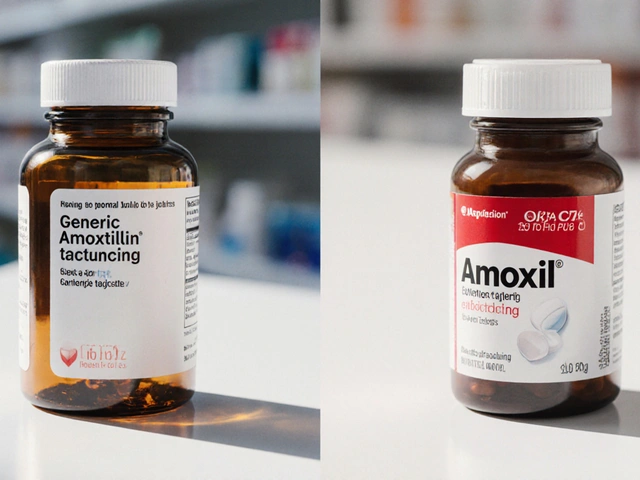Melasma Treatments: How to Lighten Dark Patches Fast
Melasma shows up as brown or gray patches on the face, usually on the cheeks, forehead, or upper lip. It’s common in people with darker skin and can flare up after sun exposure, hormonal changes, or certain medications. The good news is there are several ways to reduce the color and keep it from coming back.
First, protect your skin every day. A broad‑spectrum sunscreen with at least SPF 30 is a must, even on cloudy days. Apply it 15 minutes before going outside and reapply every two hours if you’re outdoors. Sunscreen helps stop new melasma spots from forming and lets your treatments work better.
Topical Options that Work
Topical creams are the most common first‑line treatment. Hydroquinone 2‑4% is often prescribed because it blocks melanin production. Use it once a day on clean, dry skin and follow your doctor’s instructions – most plans suggest a short, 8‑week course to avoid irritation.
If hydroquinone feels too strong, try azelaic acid (15‑20%) or kojic acid. Both are gentler and can brighten spots while also reducing acne or rosacea. Retinoids like tretinoin help the skin turnover faster, making the pigment fade quicker, but they can be drying, so start with a small amount.
Combination creams that mix hydroquinone, a retinoid, and a mild steroid are popular because each ingredient tackles a different part of the problem. Apply the combination at night and keep a simple moisturizer on during the day to keep the barrier healthy.
Procedures and Lifestyle Tips
When creams aren’t enough, professional procedures can speed things up. Chemical peels with glycolic or lactic acid remove the top layer of skin and lighten melasma in a few sessions. Ask a dermatologist about the right peel strength for your skin type.
Laser and light‑based therapies, such as low‑fluence Q‑switched lasers or intense pulsed light (IPL), target melanin directly. These treatments work best for people with lighter skin tones and need a skilled provider to avoid worsening the spots.
Microdermabrasion and microneedling create tiny channels that let topical agents penetrate deeper. Pairing these procedures with a hydroquinone or azelaic acid regimen often gives a noticeable improvement within a month.
Beyond products and procedures, a few daily habits help keep melasma at bay. Wear a wide‑brimmed hat, seek shade during peak sun hours, and avoid hormone‑triggering triggers like certain birth‑control pills if your doctor agrees. Staying hydrated and eating foods rich in antioxidants (berries, leafy greens) supports overall skin health.
Everyone’s melasma responds differently, so it may take some trial and error to find the right mix. Keep a simple journal of the products you use, how often you apply them, and any changes you notice. Sharing this log with your dermatologist can speed up adjustments and get you clearer skin faster.
Bottom line: protect, treat, and be patient. Consistent sunscreen, a targeted topical routine, and occasional professional help can dramatically fade melasma and keep it from returning. Start with the basics, watch your skin’s response, and you’ll see progress without needing to overhaul your whole skincare line.
2 June 2025
Tessa Marley
Melasma isn’t just a women’s issue—it can affect men too, often flying under the radar. This article uncovers why men get melasma, the root causes, the most up-to-date treatments, and how to lower the risk of stubborn dark patches on your skin. Get tips backed by real research, find out which therapies actually work, and learn the dos and don’ts to protect your skin every day. Expect answers that go beyond the basics with practical advice specifically written for men. Melasma might be common, but the right approach changes everything.
Continue Reading...






